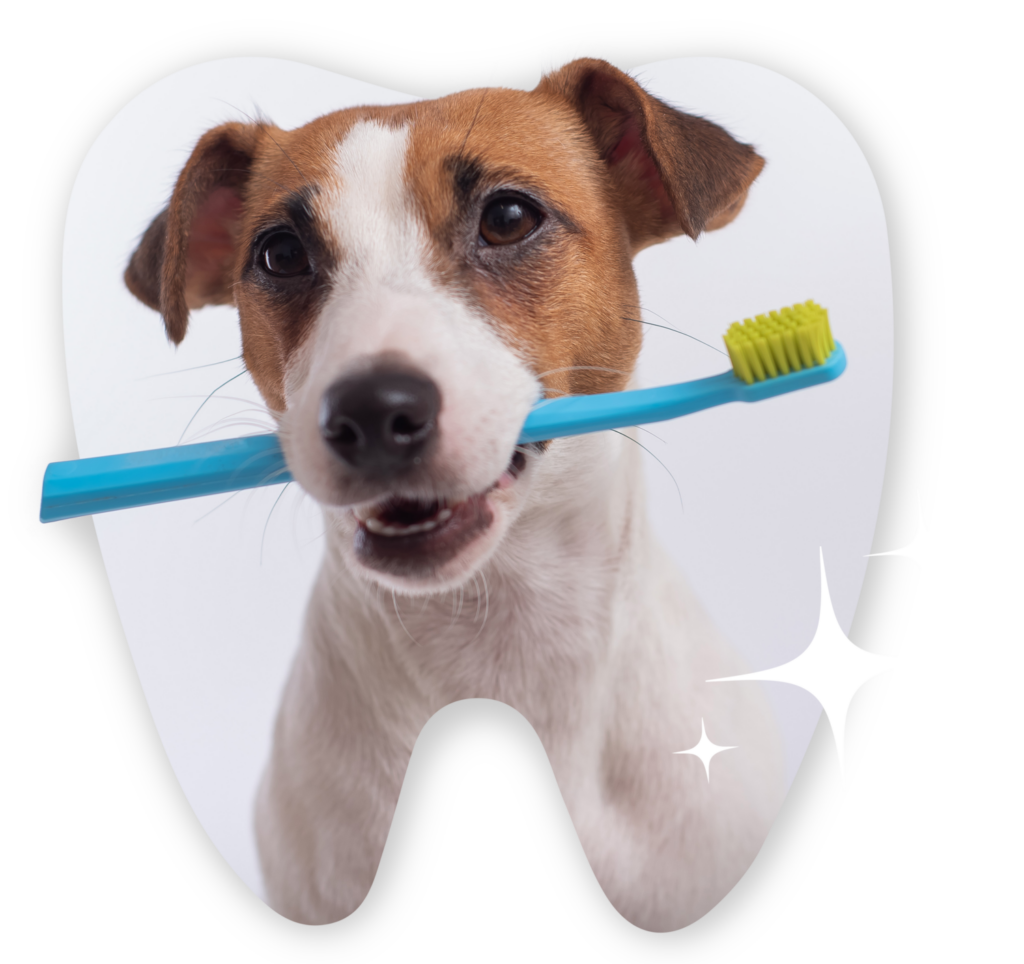Dental Days Deal
$100 off Dental Cleanings
For new and existing clients!
Call (703) 680-4000 to schedule a cleaning today!

Pet dental care is easily neglected, despite 80% of dogs and 70% of cats showing symptoms of dental disease. To prevent this, the team at Minnieville Animal Hospital recommends scheduling your companion’s dental appointment
biannually.
Dental disease is a common health problem in pets which can cause more serious issues in their overall health including infection of the heart, liver, and kidneys. Regular at home dental care and professional teeth cleaning can help prevent any issues with your pet’s dental health and maintain their overall health as well.
How to Know Your Pet Needs Dental Care
Pets usually will continue to eat and act as normal even if they are in pain. However, if you notice constant licking, heavy breathing, deviations in posture or sleeping patterns, your dog or cat may be in pain and require dental care. In addition, if you spot the following symptoms, it may be time to bring your pet in to our Woodbridge, VA, animal hospital:
Bad breath
Broken, loose, or missing teeth
Discoloration or tartar build up
Excessive chewing or drooling
Lack of appetite or unable to chew
Swelling and bleeding in or around the mouth

Caring for Your Pet’s Teeth in Woodbridge, VA
Most oral problems are hidden below your pet’s gum line and require a thorough assessment. To ensure our team makes the most accurate evaluation, your pet will be fully sedated to allow us to examine their teeth and gums. We don’t want to add unnecessary stress to your pet’s appointment, so anesthesia is used to ensure their comfort as well.
Your veterinarian will evaluate your pet’s health prior to anesthesia and place an IV catheter to provide the anesthesia and support vitals throughout the procedure. If necessary, we will administer an injectable dose of antibiotics before proceeding with the following oral health procedure:
Step 1: Supragingival Cleaning
All visible surfaces of the teeth are cleaned to remove plaque and tartar buildup.
Step 2: Subgingival Cleaning
Cleaning below your pet’s gum line is the most important and impactful step in the oral health procedure. Plaque and calculus that accumulates below the gum line can lead to periodontal disease, a common yet preventable disease in pets.
Step 3: Assessment
Your veterinarian will check your pet’s mouth for any signs or symptoms including tongue or lip lesions, deep pockets in the gums around the teeth and loose, broken, or discolored teeth that may indicate an issue with their oral health.
Step 4: Advanced Dental Imaging
We perform dental x-rays on every patient to provide a better picture of your companion’s mouth and dental health. Only 50% of each tooth is visible and this advanced imaging can uncover issues such as retained roots, enamel defects, root abscesses and bone loss due to infection that may otherwise be missed.
Step 5: Polishing
When cleaning your pet’s teeth, this may cause the surface to be roughened which makes it easier for plaque and calculus to build up again. Polishing your pet’s teeth can help prevent this by smoothing the surface and reducing the adhesiveness of plaque.
Step 6: Sub-Gingival Lavage
Debris may become trapped below the gum line due to scaling and polishing the teeth. We will perform a sub-gingival lavage to help remove this debris, decrease any inflammation, and help stop periodontal disease.
Step 7: Fluoride Treatment
We can provide a fluoride treatment to help strengthen the enamel and reduce sensitivity of your pet’s teeth. Fluoride can also slow the formation of Feline Oral Resorptive Lesions in cats.
Step 8: Treatments
This is when your veterinarian will address any findings from their assessment of your pet’s teeth. They can discuss treatment options with you including tooth extraction, bonded sealants of fractures and local antibiotic treatment of pockets around the teeth and provide an estimate for this treatment as well.
Step 9: Prevention
Prevention is the most important and effective treatment in maintaining your pet’s dental health.



